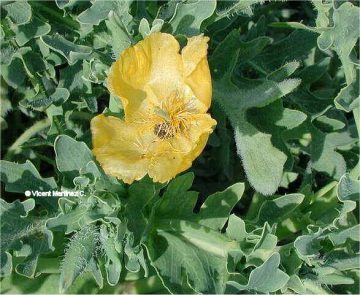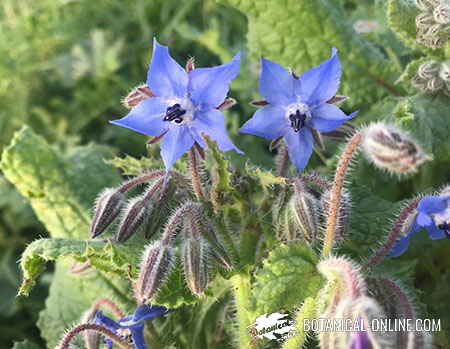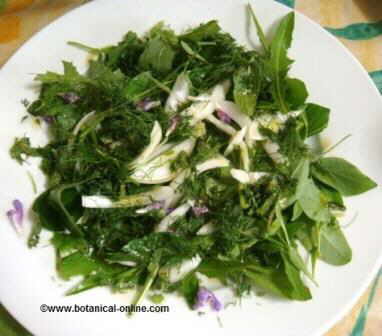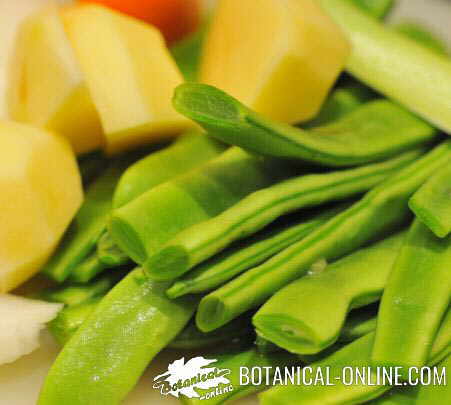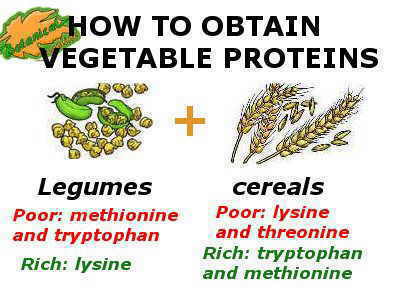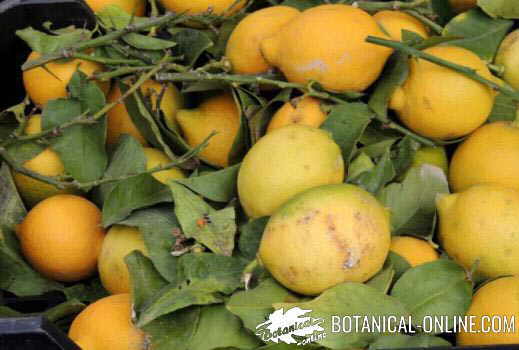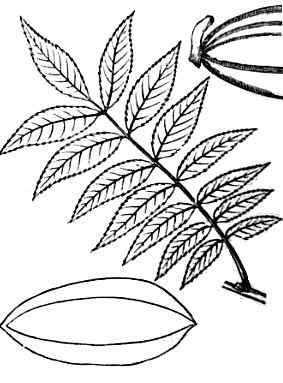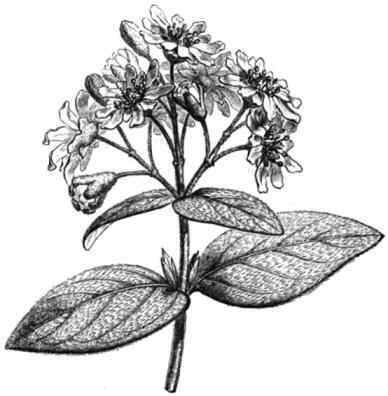Contents
Medicinal properties of yellow horned poppy
Medicinal uses of yellow horned poppy
Internal use remedies

Yellow horned poppy photo (Glaucium flavum) It has been used in homemade medicine to increase the secretion of the bile, in the cases of biliar insufficiency, gallstones and jaundice. Alkaloids liberate histamine which produces the contractions of the vesicle.
- Equally it has been used for the treatment of the intestinal spasms
- For bronchial spasms
- For the cure of hepatic illnesses.
- Also as antitussive. (The usual doses are established about half a tea spoonful of dry plant for glass of water)
- During some time to treat cataracts for its power to dissolve the opacities of cornea.
External use preparations
The application of its latex, a very strong vesicant, on the warts can be used to remove them.
Experimental uses of yellow horned poppy
Experiments carried out with animals have concluded:
- The alkaloids present on this plant show a great antiviral and antibacterial power to neutralize the virus of herpes, flu and mumps in mice.
- The cytotoxic power of these components was able to inhibit the growth in vitro of cancerous cells of liver, kidneys and pharynx in rabbits.
- Different studies are being carried our in different parts of the world to look for a possible application of these alkaloids in cancer treatment .
Toxicity of glaucium flavum
Given the toxicity of its components, the use of this plant is dissuaded in homemade preparations!!!
The toxicity of this plant is high, similar to that of oppium poppy (Papaver somniferum L.). In superior doses to the usual, it produces a sensation of initial euphoria comparable to that of drunkenness, but later on it gives way to depressive state.
In external use the application of its juice possesses an irritating value, able to produce dermatitis in the skin. In some cases it presents a vesicant power, that’s to say a potential power to cause bladders. Sometimes it can even burn the skin with the subsequent scabs.
Applied on the eyes, it is very irritating and can develop conjunctivitis or ulcers.
Side effects of Glaucium flavum
In minor amounts, yellow horned poppy can be responsible for the following symptoms:
- Stomachache,
- Nausea or vomiting,
- Thirstiness,
- Dryness in the mouth,
- Breathing difficulties
- Decrease of heart beat.
In strong intoxications:
- Mental confusion
- Numbness of the members
- Hypotension
- Respiratory failure and death.
Medical treatment of yellow horned poppy poisoning
- Induced vomiting
- Gastric lavage
- Artificial respiration
- Respiratory stimulants.
Is yellow horned poppy toxic to animals?
It is toxic for the livestock that consume its leaves producing them unstable pace, drowsiness, lack of appetite, high production of saliva and a decrease in milk production.
*Related information:
– Yellow horned poppy cultivation (Glaucium flavum)
– Yellow horned poppy characteristics
![]() More information on plants.
More information on plants.

